The event exhibition "Eli Lotar (1905-1969)", devoted to one of the most important photographers of the Paris avant-garde, opened on Thursday evening at the Bucharest Museum of Art Collections.
Organized in the opening of the Romanian leg of the Romania - France Season by the National Museum of Romanian Literature in partnership with the Pompidou Center and the Jeu de Paume gallery, the exhibition resumes in an original manner the Eli Lotar retrospective featured at the Pompidou Center in 2017, being a first for Romania.
Built mainly on the collections of the Cabinet de la Photographie of the National Museum of Modern Art - Pompidou Center and with the contribution of some private collections, the exhibition brings together about 80 vintage photographs and a selection of 100 documents (books, magazines, letters, negatives, films) illustrating the essence of Eli Lotar's activity.
The exhibition offers a comprehensive view of the artist's creation, highlighting the uniqueness of his trajectory and his visual universe, and represents a well-deserved acknowledgment of Eli Lotar's contribution to shaping photographic and cinematographic modernism.
Minister of Culture and National Identity Valer-Daniel Breaz said that the fact that the work of Eli Lotar, an artist who is less known in Romania than in France, is now also put into the spotlight in our country is due to the intercultural cooperation of the two countries.
In the official's opinion, this is a symbolic exhibition, because it brings together heritage items, and the retrospective of a French artist with Romanian roots, as it is known that Eliazar Lotar Theodorescu is the son of [Romanian] poet Tudor Arghezi.
President of the French Institute Pierre Buhler said that Lotar, the artist celebrated through this exhibition, is a figure that is emblematic for both France and Romania.
Having an unprecedented character for both France and Romania, the exhibition presented in Bucharest is slightly different from that opened at Jeu de Paume in Paris, which focused on Eli Lotar as a photographer. Here the emphasis is more on the correspondence with his father, poet Tudor Arghezi, so this is about the epistolary relationship between the two, but it is also a relationship that somehow resonates with the relation between art, literature, cinematography, because all these weave together the relationships between culture, between generations, between the past and the present, and I believe this is the deeper meaning of the Franco-Romanian or Romanian-French Season, whatever you would like to call it, to offer a legacy to the future generations, a cultural one, of course, Pierre Buhler said.
Precisely 60 years since his passing, we can pay tribute to and appreciation to this son [of the country] - a French citizen, but a Romanian deep to the marrow of the bones - a director highly appreciated in the circles of the Paris cinema industry, as his father Tudor Arghezi once characterized him. Let us bring him home where his father would have wanted to have him, but was unable to. We hope that the interest in Eli Lotar's photographic and cinematographic work will grow and trigger a much needed and continuous recovery of his talent alongside the posterity of the famous contemporaries he has worked with, said Ioan Cristescu, director of the National Museum of Romanian Literature.
Eli Lotar (Eliazar Lotar Theodorescu), a French photographer and filmmaker of Romanian origin, is a leading representative of the Paris avant-garde; he is the son of poet Tudor Arghezi, who also presented him with his first camera.
Lotar spent his childhood in Bucharest with his father to later "return" to Paris (the city of his birth) in 1924. Here he gets close to photographer Germaine Krull from whom he learns the tricks of the trade, and later to the surrealists, publishing mainly in avant-garde magazines "VU", "Jazz" and "Arts et métiers graphiques" and participating in major international exhibitions such as "Fotografie der Gegenwart", "Film und Foto" and "Documents de la vie sociale".
Eli Lotar's photographs and films capture an entire vibrant, spectacular, poetic, decadent and disturbing modernity: images from hospitals and slaughterhouses, scenes from the life of prostitutes, the colorful world of performing arts, Mediterranean landscapes and Greek archaeological sites as they were in the early '30s, the organizers mentioned.
The exhibition, which is accompanied by the catalog "Eli Lotar (1905 - 1969)", the volume of letters "Eli Lotar Letters / Lettres (1924 - 1926)" will be open until July 14.
AGERPRES

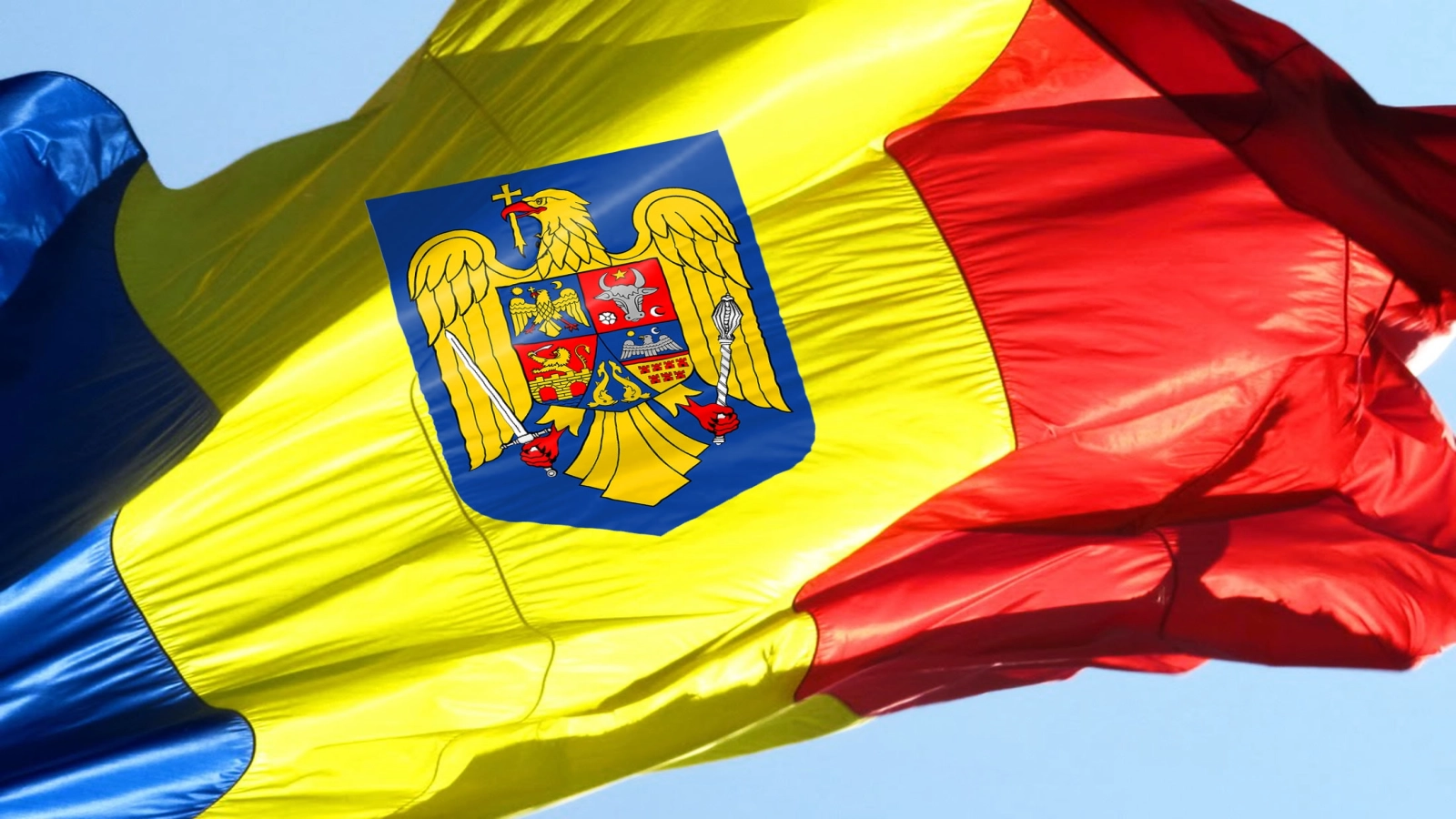




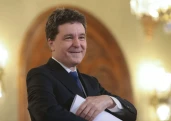
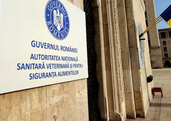

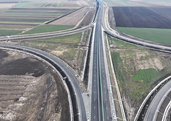

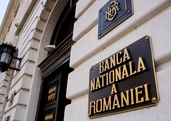



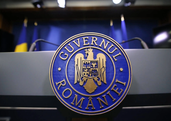
















Comentează